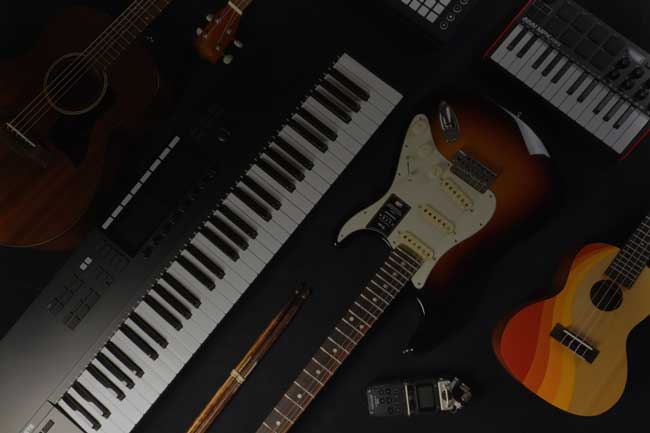VITTA MUSIC PUB. MY First Book Of Rhythm: A Workbook For Developing Sense Of Rhythm Part 1
- Catalog #: MFBOR1
- PIANO
- SUPPLEMENTARY
My First Book of Rhythm. Part One
Children’s play activities show that they all have a good sense of rhythm. It is obvious to anyone that has observed how children recite rhymes, march, rock their dolls or skip a rope. The exercises in “My First Book of Rhythm” are intended to bridge the gap between children’s habitual rhythmic activities and the principles of writing the rhythm in music. They are based on close analogies that are found between rhythm of speech and rhythm of music, the length of the words and note values or length of the music bars, stresses in the words and strong and weak beats in music, etc. For these exercises, we use simple children’s rhymes, short phrases and simple words of different length and phonetic structure. Reciting, clapping and counting such speech patterns help children little by little to correlate them with the ideas of regular musical pulse, different note values, music bars, strong and weak beats, and so on. After such exercises, the process of learning to read musical rhythm goes much smoother.
In each chapter of the book, one aspect of the rhythm is explored. “My First Book of Rhythm, Part One” is focused on musical pulse, the length of musical sounds and different note and rest values (up to eighth notes and including dotted quarters), and the bar structure of music.





